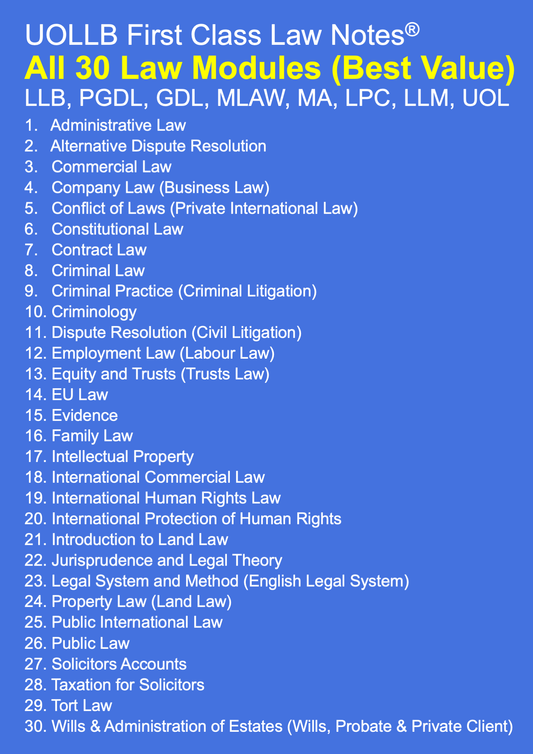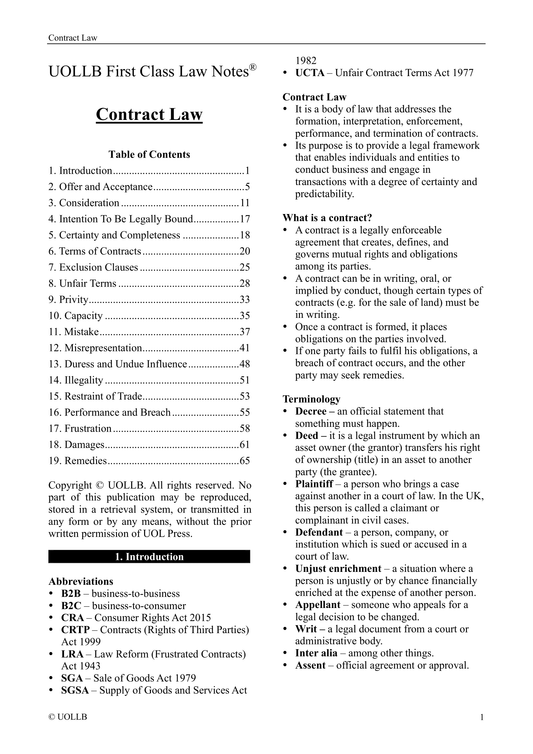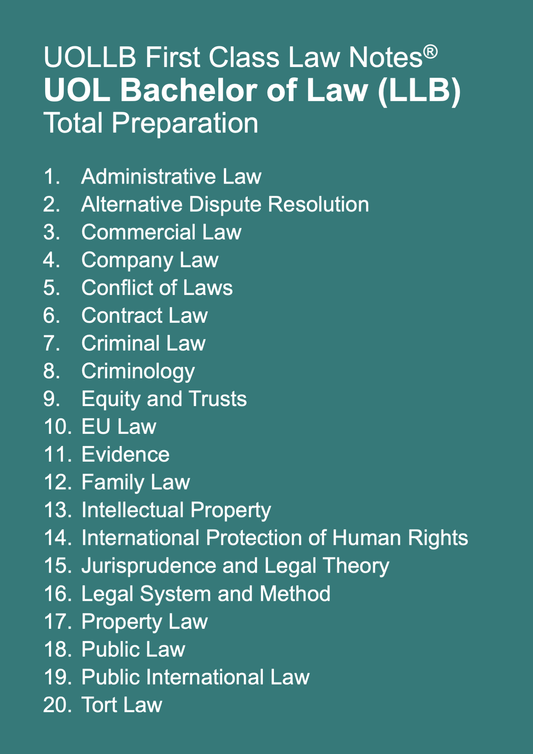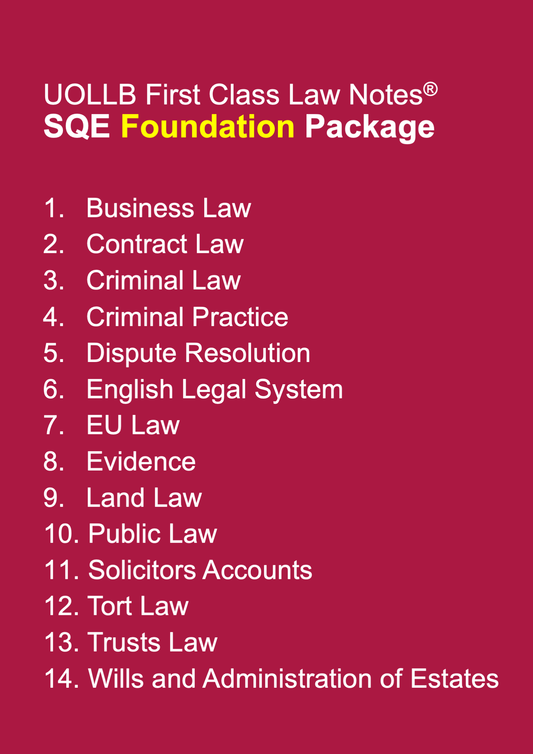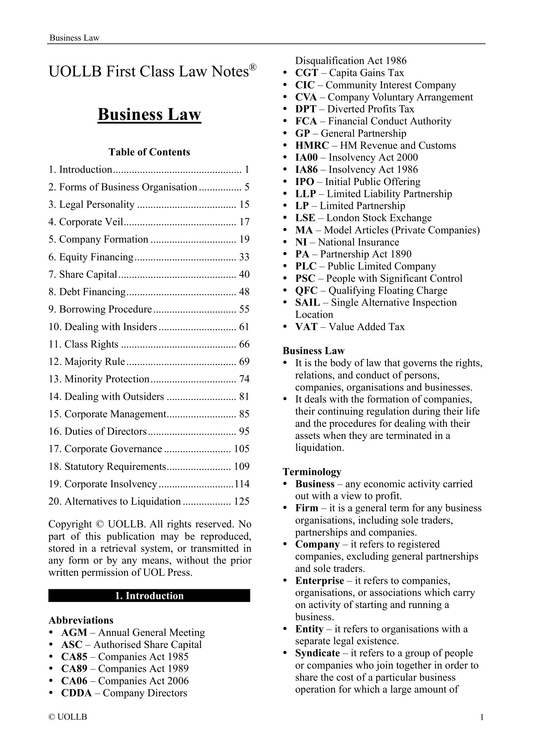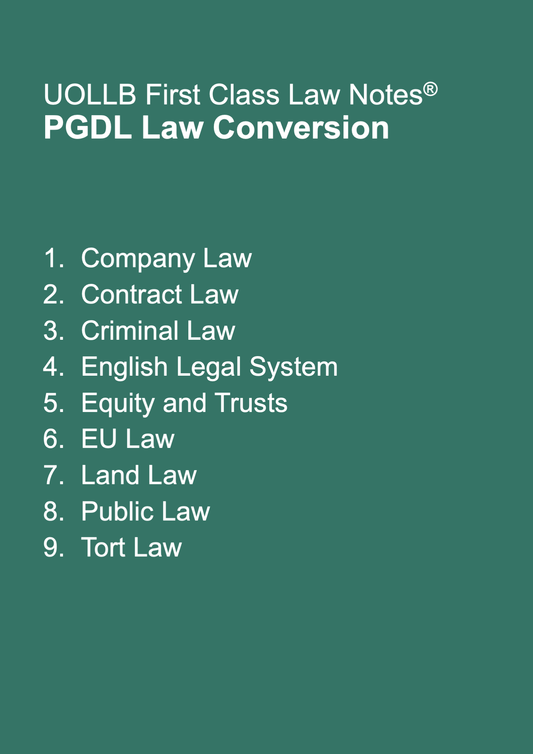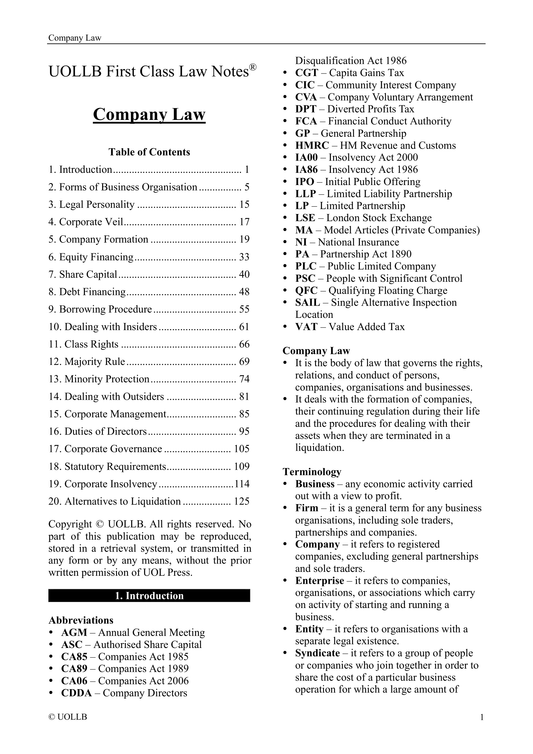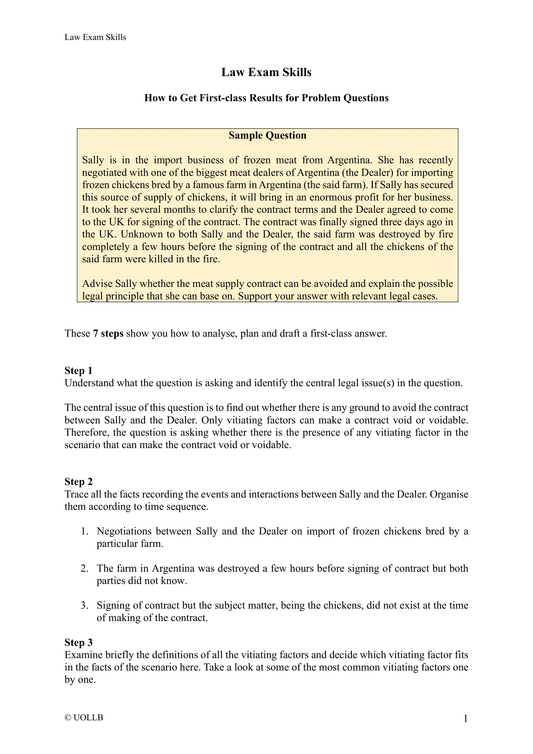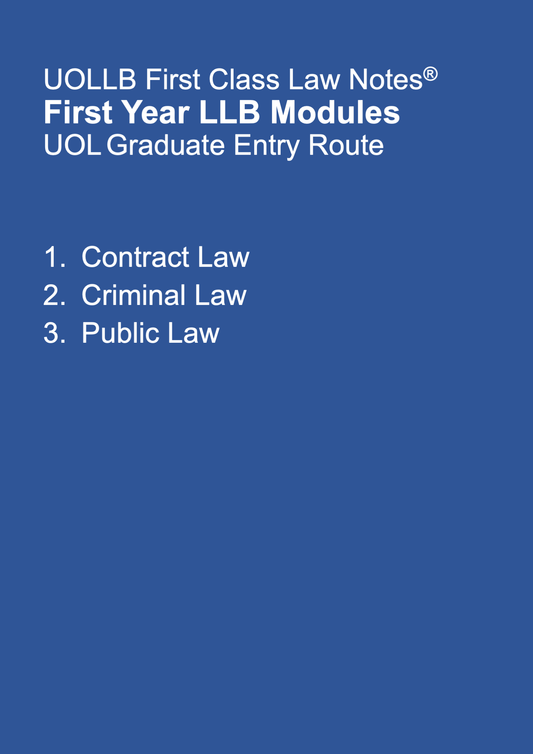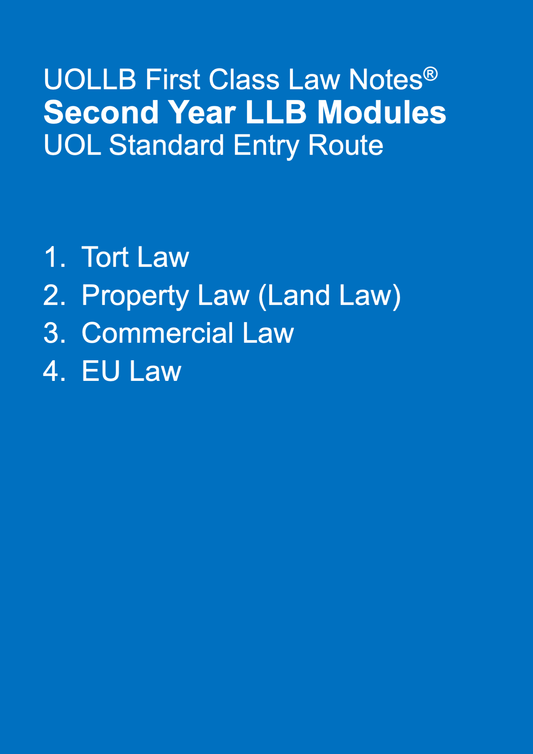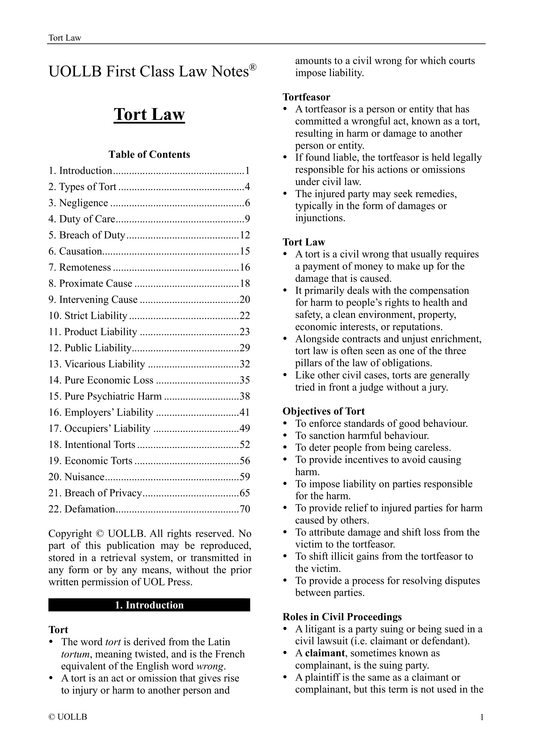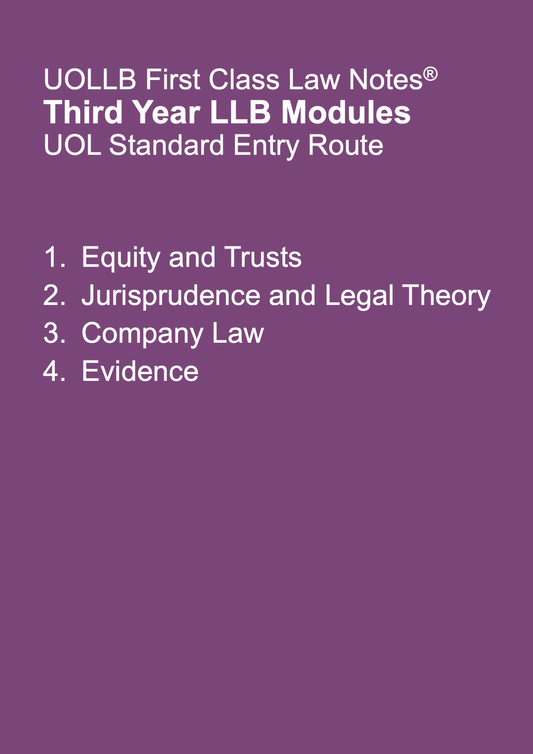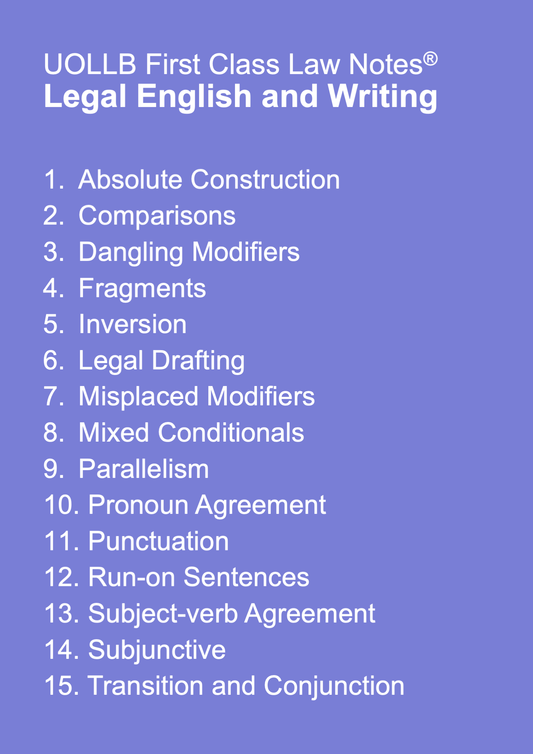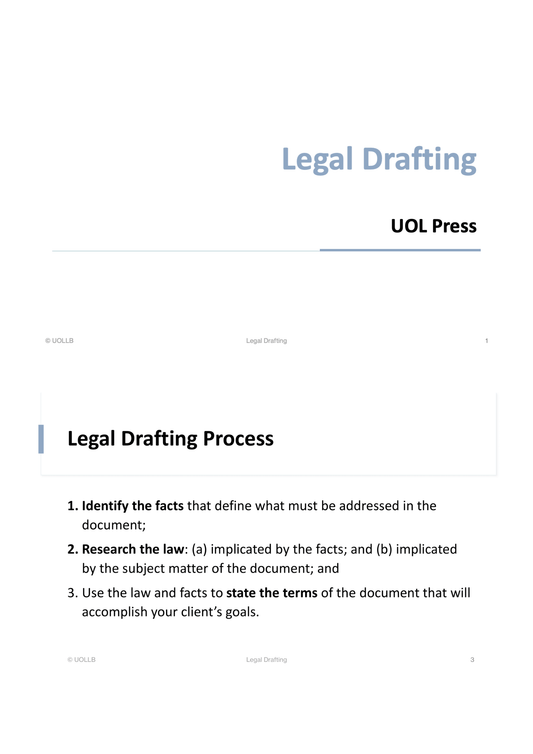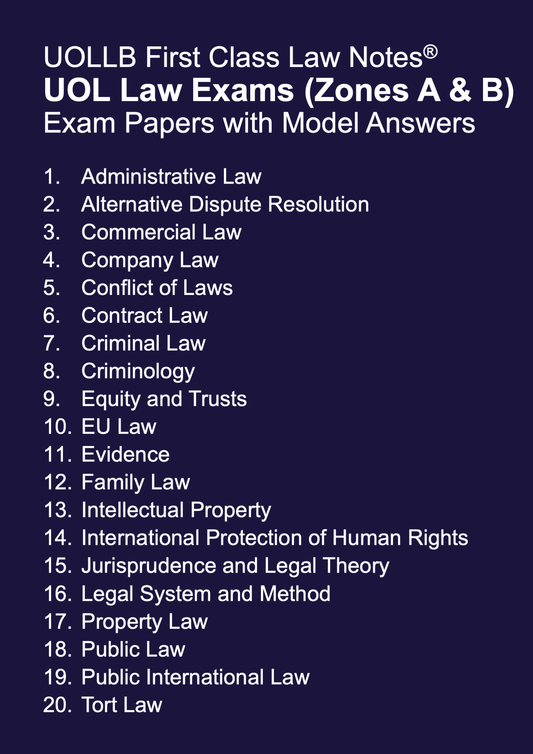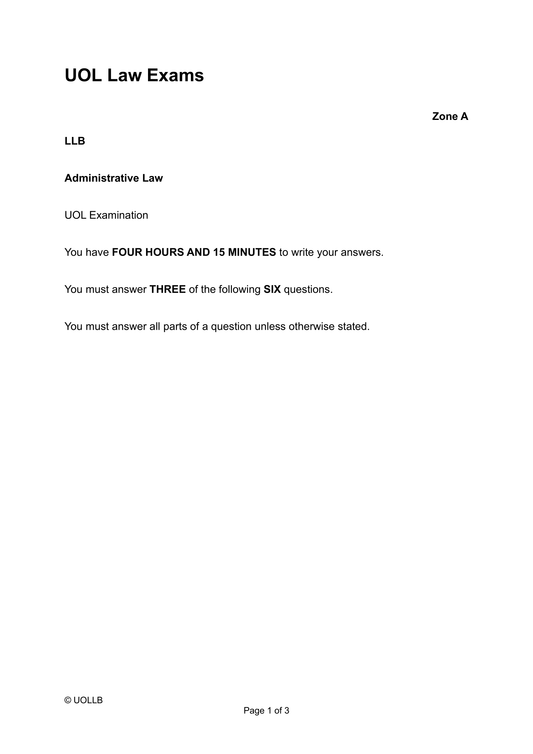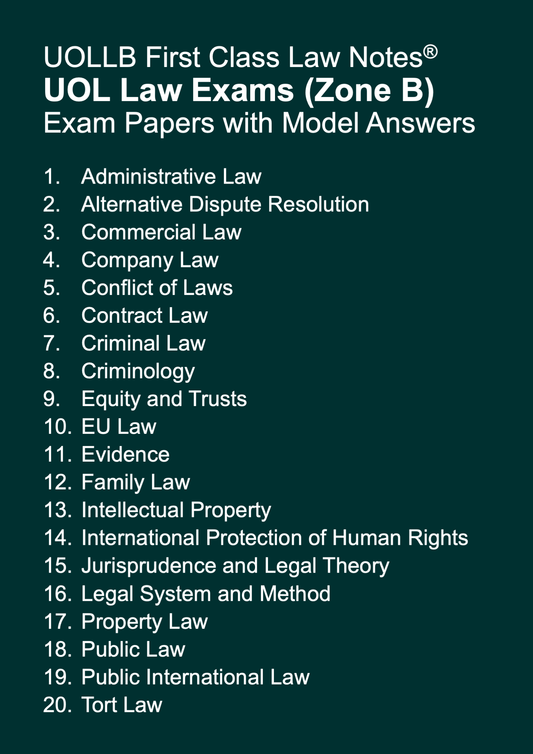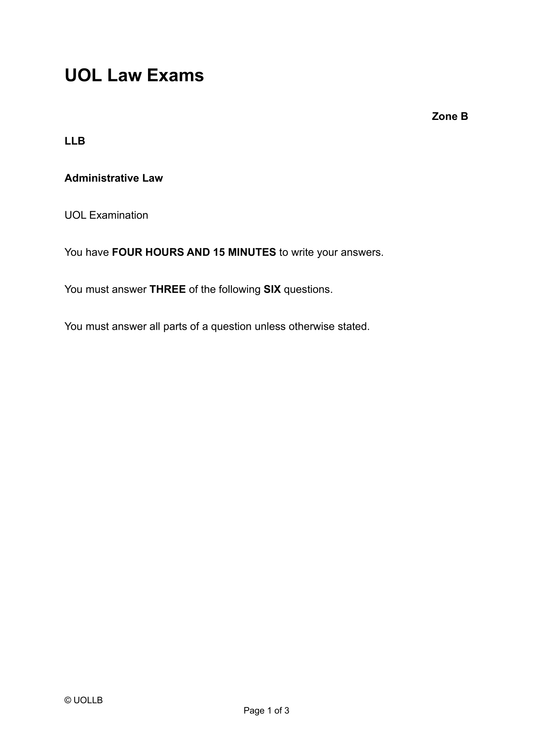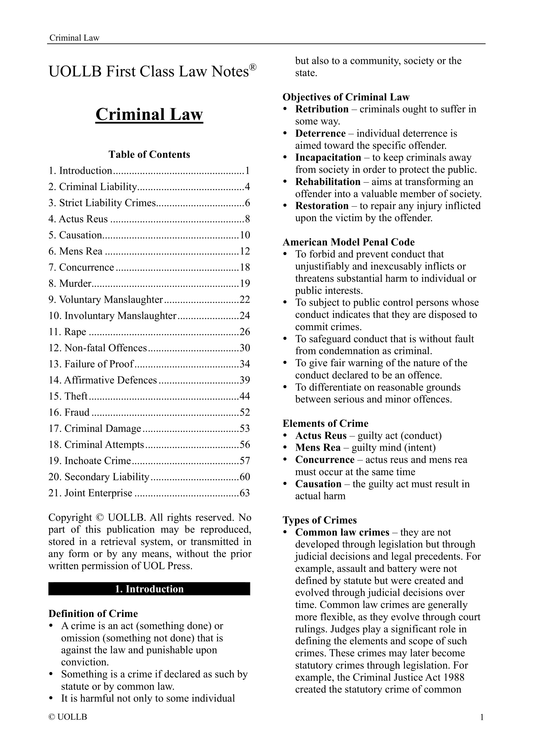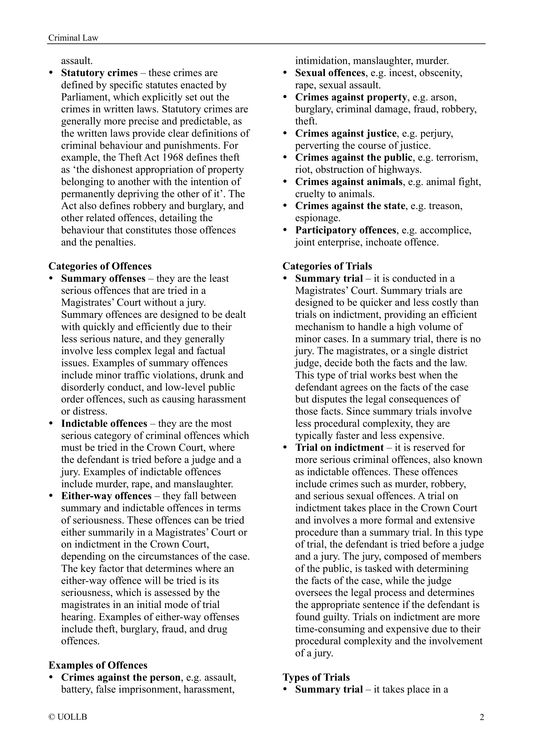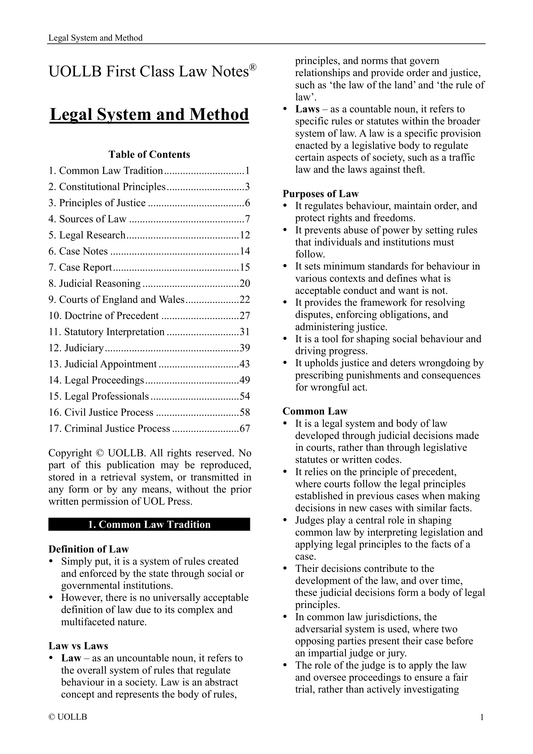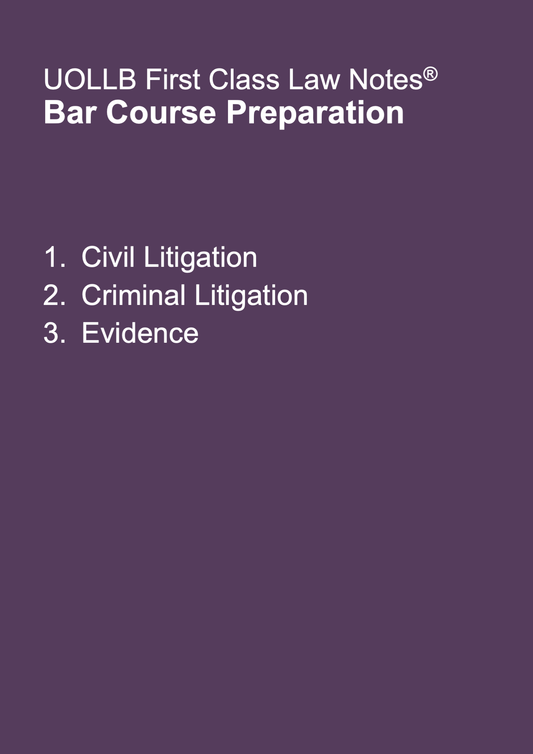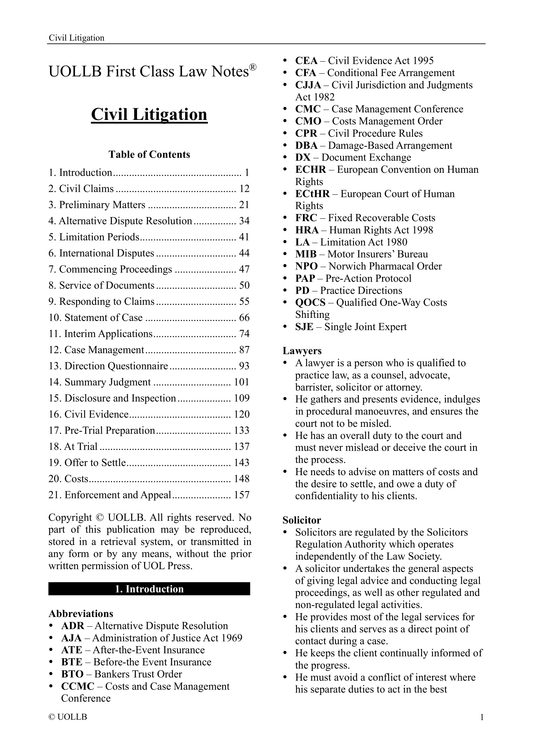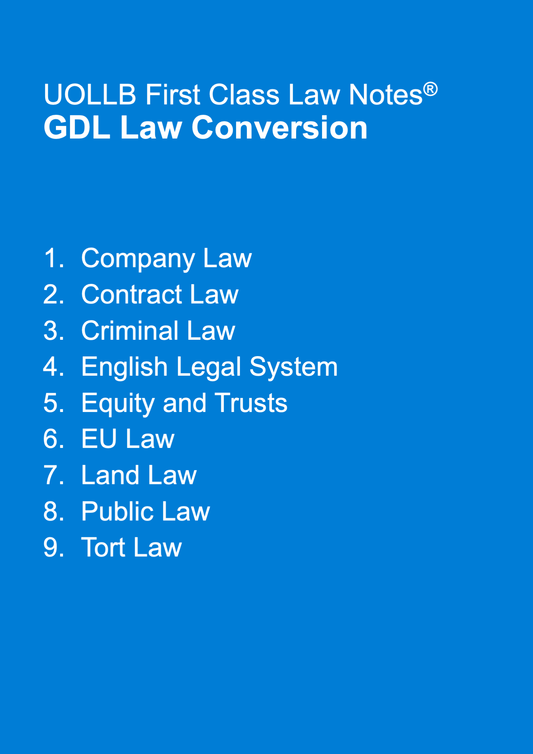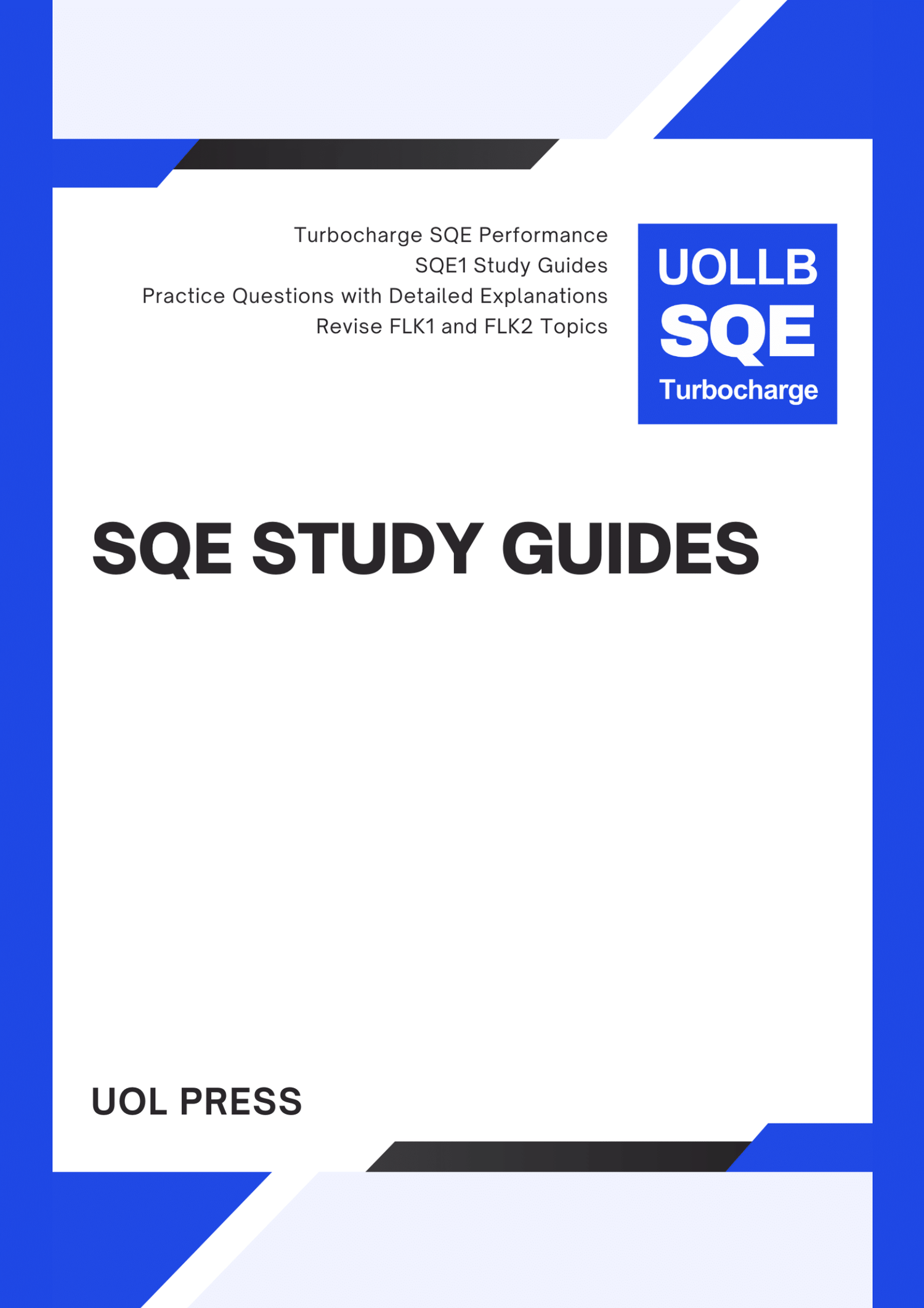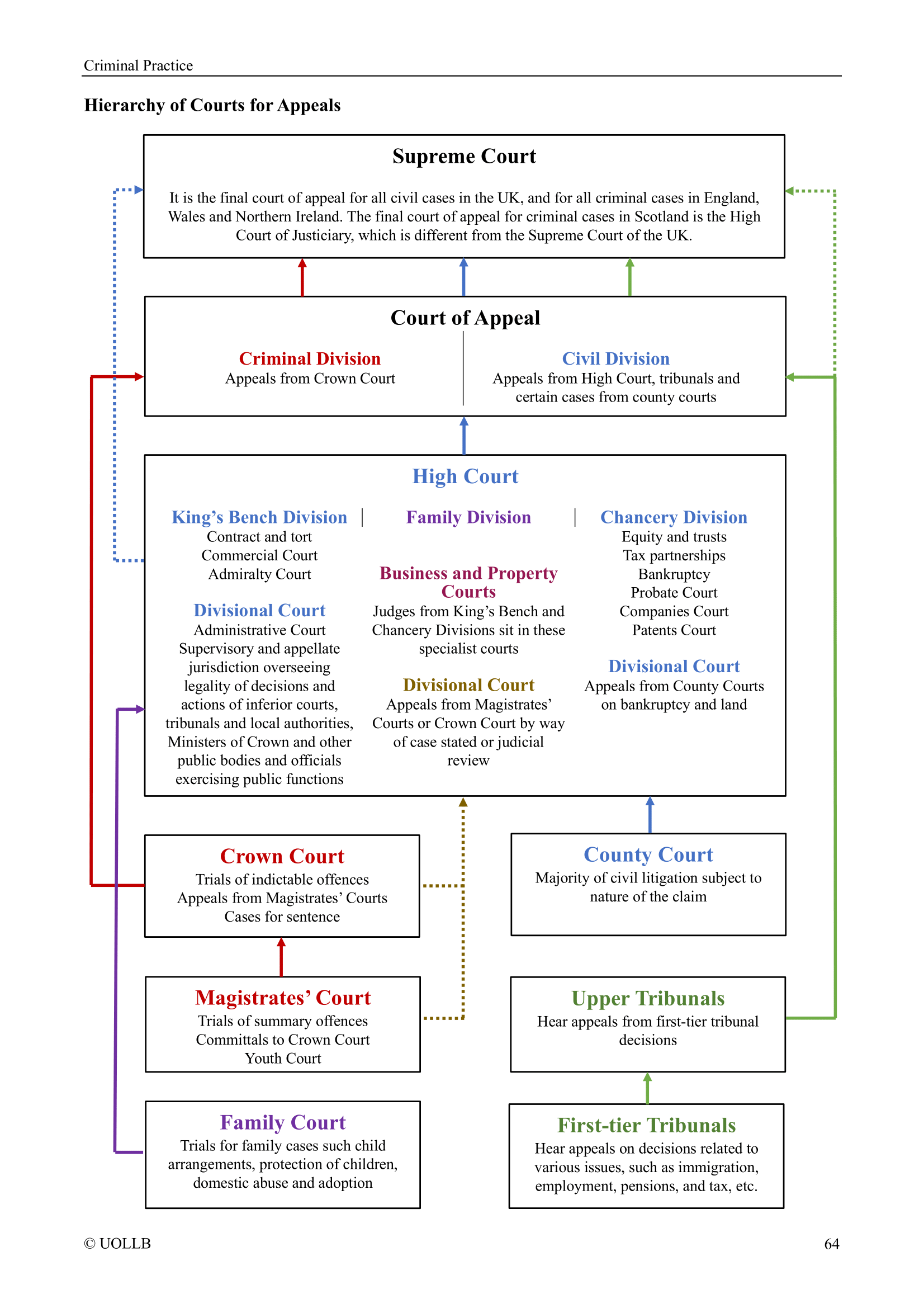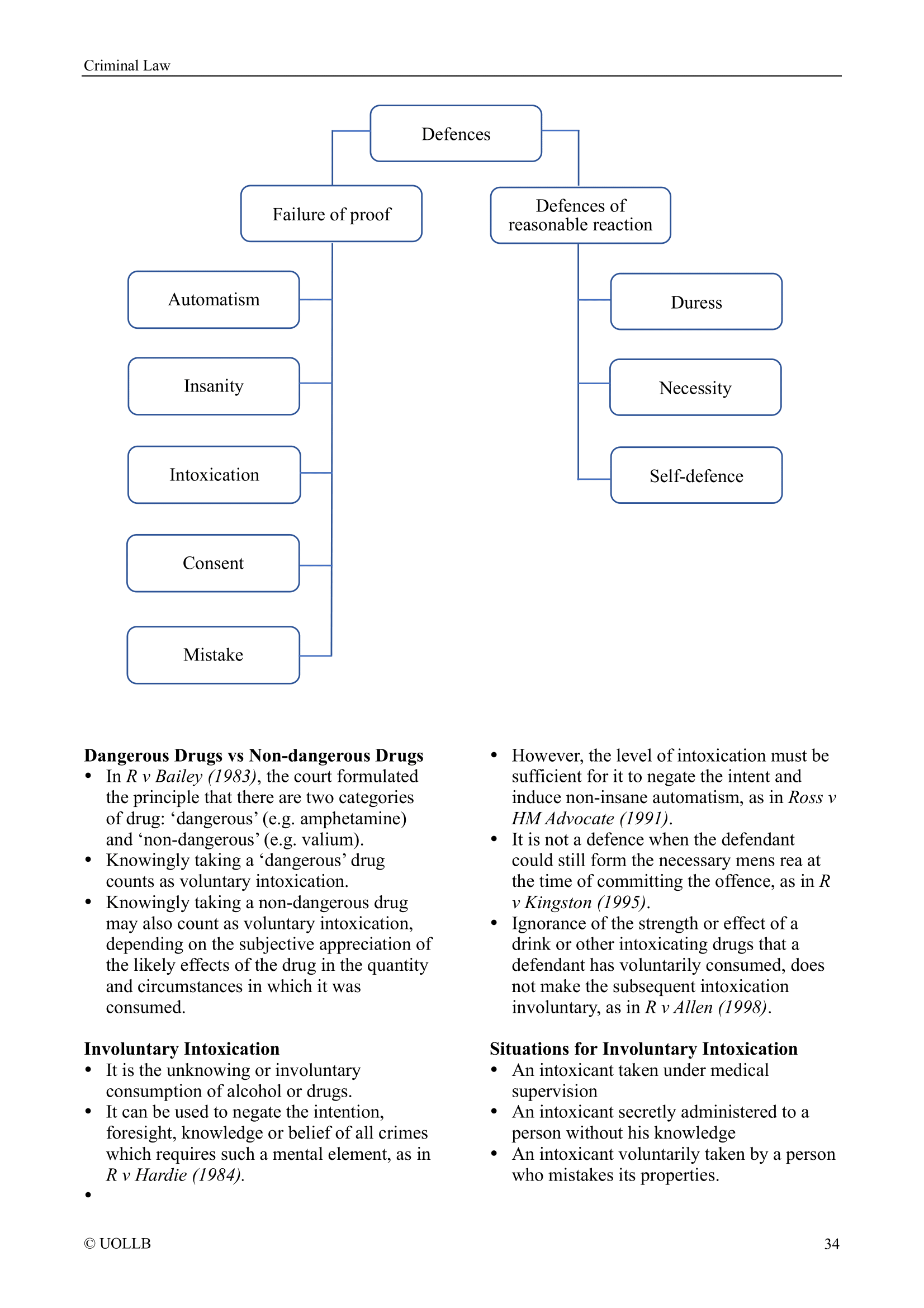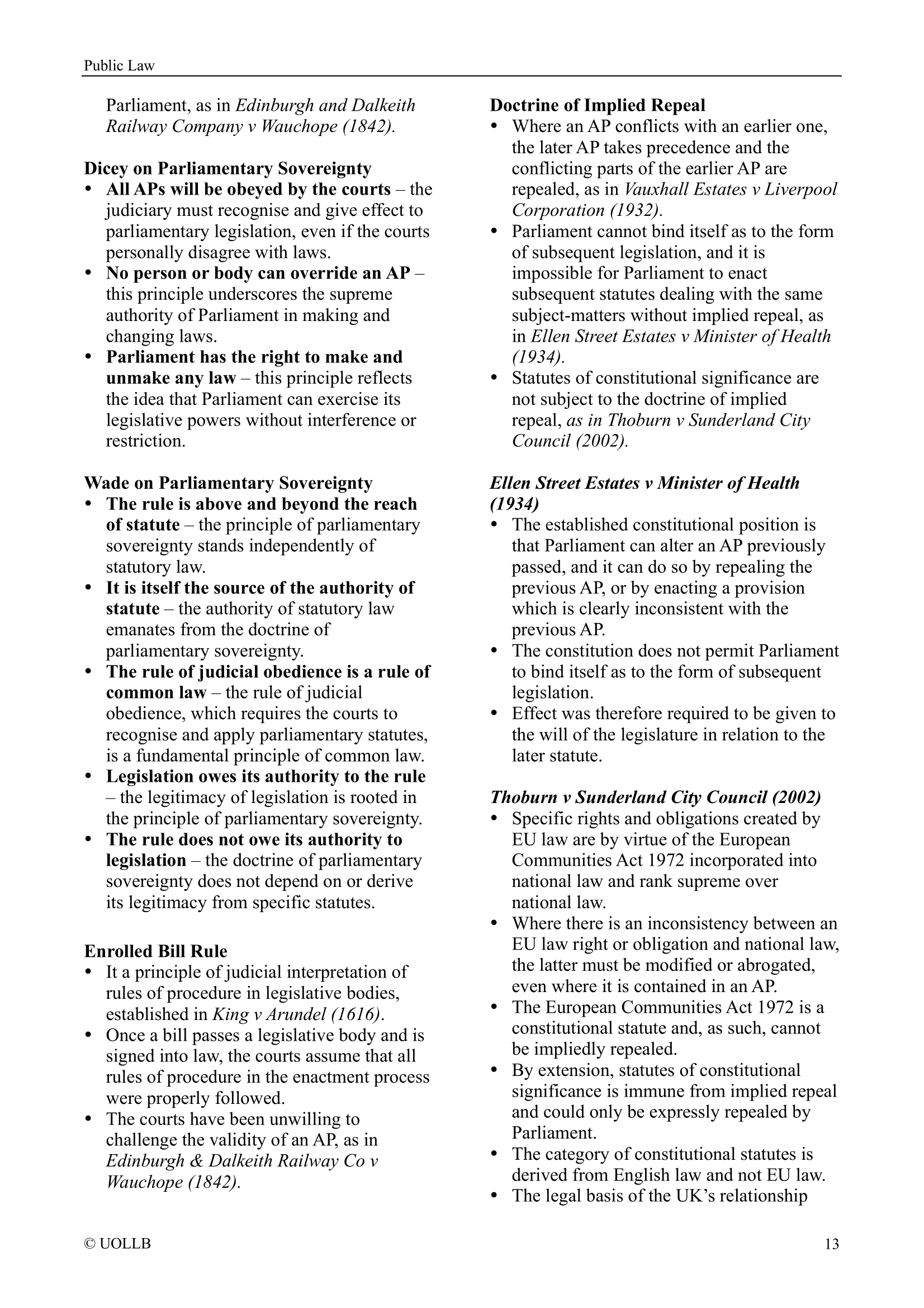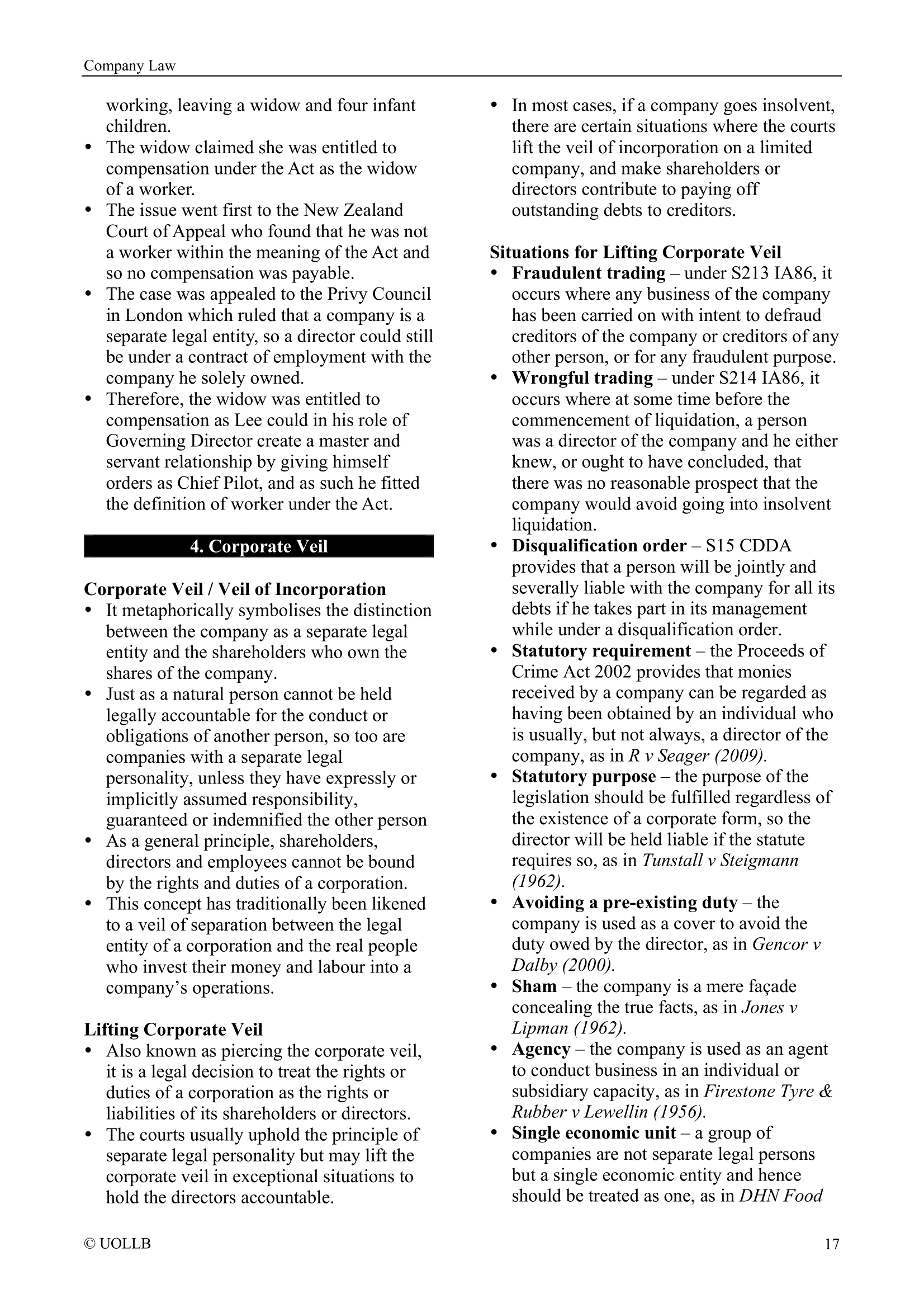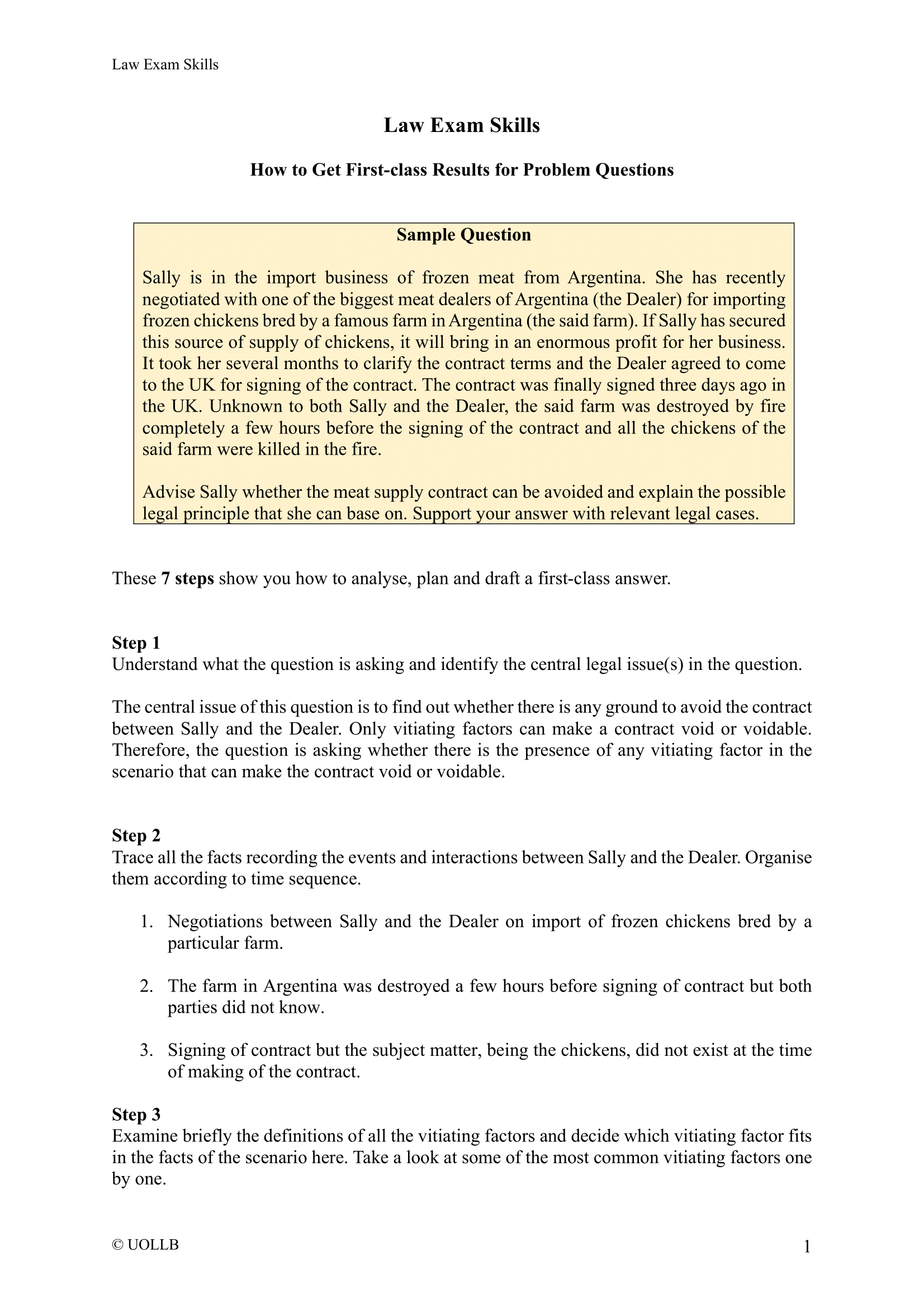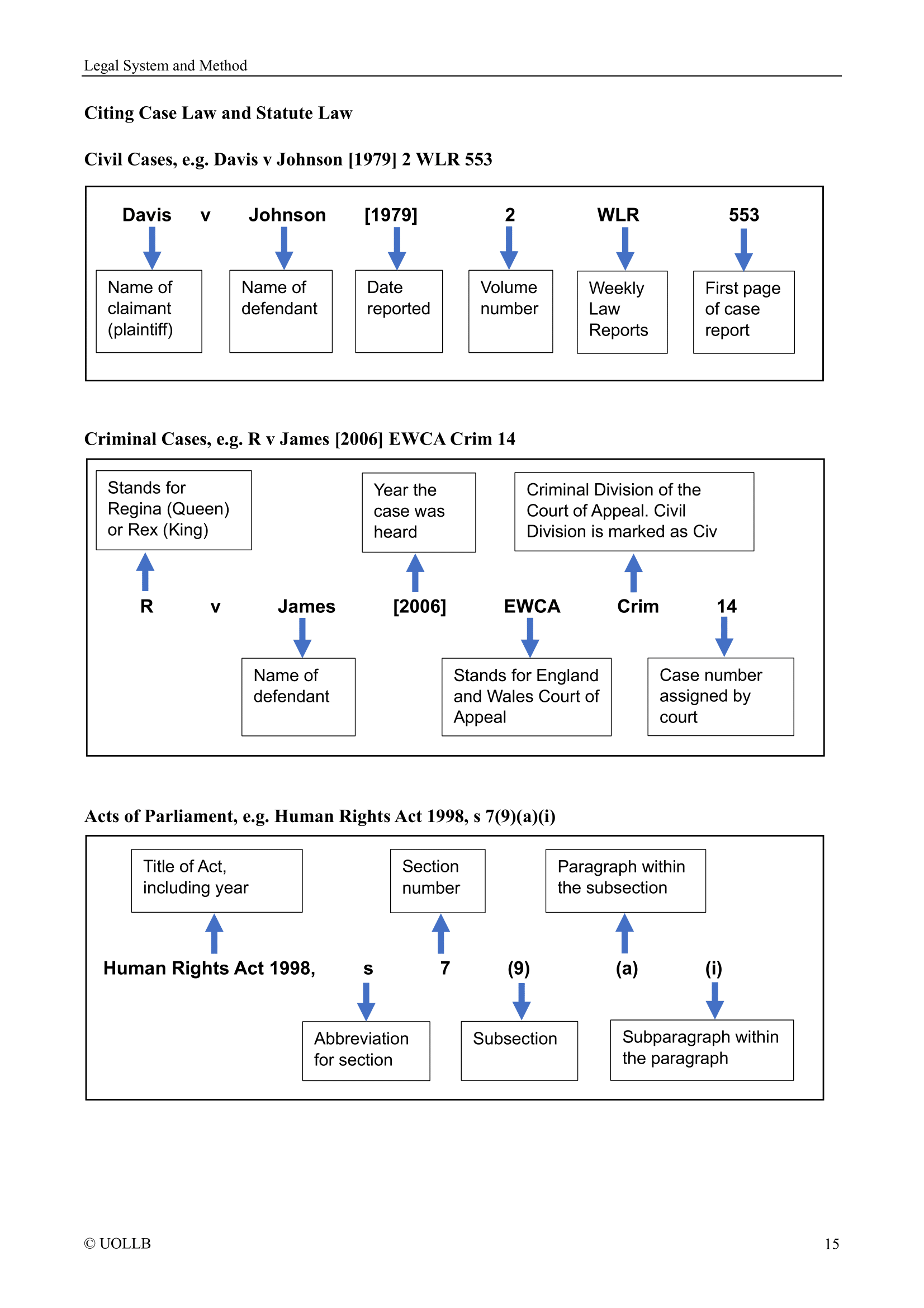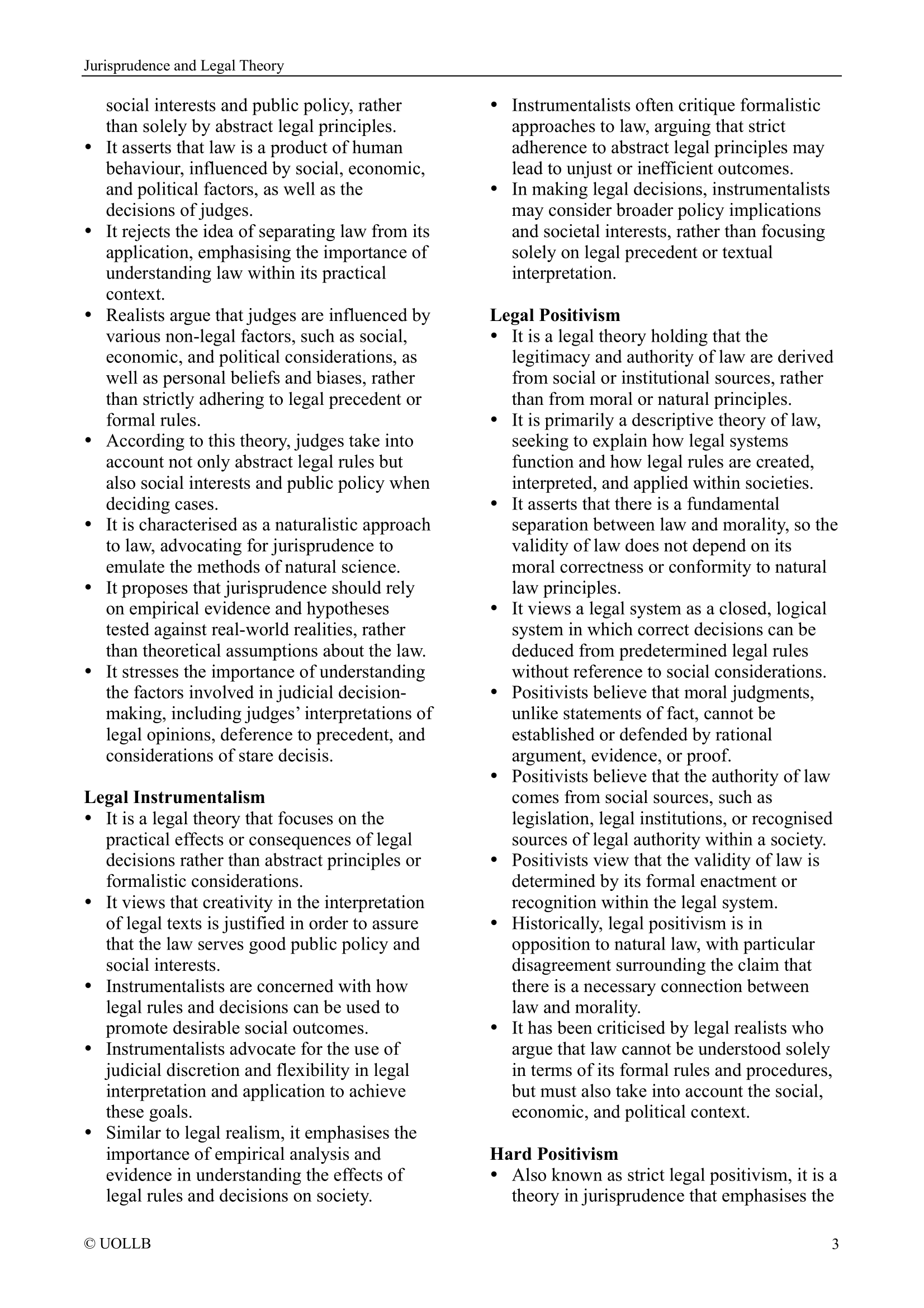SQE2 Advocacy
Share
The Advocacy component of SQE2 is an oral assessment that evaluates your ability to conduct a piece of courtroom advocacy based on a realistic legal scenario. You are given a written case study in the form of an email from a supervising solicitor, which outlines the advocacy task and specifies the court in which you are appearing, which could be a civil or criminal court. Where appropriate, additional documents are supplied to simulate a typical client file, such as evidence, witness statements, or procedural materials. You are given 45 minutes to prepare your oral submissions in the context of Criminal Practice and Dispute Resolution. During this time, you must analyse the legal and factual aspects of the case, organise your arguments, and prepare for potential questions or judicial interventions.
After the preparation time, you present your submissions to a judge, who is an examiner playing the role of a real judge. This part of the assessment lasts 15 minutes and is intended to mimic the experience of a junior solicitor making an application in court. The advocacy task might involve a bail application, a plea in mitigation, an application for summary judgment, or another common type of oral submission. During the hearing, you may be asked questions by the judge to test your understanding of the case, the applicable law, and your ability to think on your feet. This interactive aspect of the assessment means you must not only present your case clearly but also respond appropriately and confidently under pressure.
In terms of skills, you are assessed on your use of appropriate courtroom language and behaviour, which includes showing respect for the court and maintaining professional decorum. You must structure your advocacy clearly and logically, and ensure that the submission is easy to follow and coherent. A key objective is to present a persuasive argument, balancing legal accuracy with practical reasoning. You must also engage appropriately with the judge, listening carefully to questions and responding respectfully and thoughtfully. Factual accuracy is critical, and you must ensure that all relevant facts are brought to the court’s attention.
As for application of law, you are expected to apply the relevant legal rules correctly to the client's situation, demonstrating a solid understanding of legal principles and procedure. The submission should show comprehensive legal reasoning, including identification of any ethical or professional conduct issues that arise. Where such issues are present, you must demonstrate sound judgment and integrity in how they are addressed. This might involve recognising a duty of candour to the court, identifying a conflict of interest, or appropriately qualifying legal submissions where the law is uncertain.
Overall, the advocacy task in SQE2 is a high-pressure but realistic simulation of court work for a newly qualified solicitor. It tests not only legal knowledge and oral communication but also the professional judgment, clarity of thought, and ethical awareness that are essential in legal practice. Success in this task requires thorough preparation, confident delivery, and the ability to think and respond in real time, just as a Day One Solicitor would in a real courtroom.
